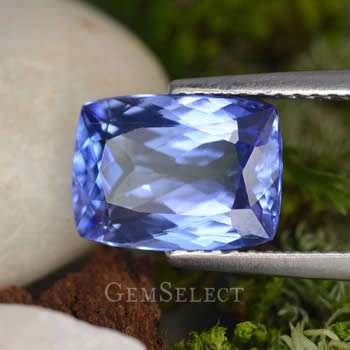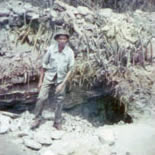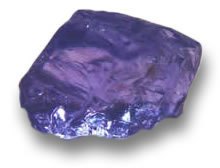Discovery of Tanzanite
Introduction
Tanzanite, named after its country of origin Tanzania, holds a fascinating place in gemstone history. This blue-violet crystal has captured attention since its emergence, but the story of how it came to light involves a mix of adventure and serendipity. Let's dive into the details, shall we?

Accounts of Discovery
There are several versions of the discovery of tanzanite. Some credit Masai tribesman Ali Juuyawatu with first spotting it. Others point to Ndugu Jumanne Ngoma as the initial finder. Yet another narrative highlights Manuel de Souza, often called Mad Manuel for his bold exploits, as the one who uncovered it on July 7, 1967. Picture this: a passionate explorer wandering the African bush, chasing what he playfully called the unfindable.
Manuel de Souza's Background
Born in Goa in 1913, de Souza relocated to Tanganyika at age 20 and trained as a master tailor. But that steady life didn't stick - adventure called. He turned to prospecting on the Lupa goldfields in Western Tanganyika. Post-war economics soured gold mining, so he shifted to the Shinyanga Diamond Fields. By the 1960s, monopolies made diamond licenses tough to get, leading him to the Kilimanjaro region. There, he prospected around Lake Victoria while tailoring to make ends meet.

The Discovery Moment
Around Easter 1967, a case of itchy feet prompted de Souza to hire a pickup truck for a bush drop-off near Arusha. The driver balked at going farther than Merelani, stranding him there with his gear. No big deal - he adapted and started exploring. He enlisted four Masai tribesmen as porters, and by noon on July 7, he spotted a transparent blue stone. At first, he thought it was sapphire, but a hardness test proved otherwise. Back in Arusha, he consulted his lone mineralogy book and pegged it as olivine, registering the claim that way on July 25, 1967.

Identification Process
Soon, it became clear this wasn't olivine or peridot. Other possibilities like dumortierite, cordierite, and zoisite were tested and dismissed. Samples went to the Gemological Institute of America for precise analysis, confirming it as zoisite. Around the same time, Harvard University, the British Museum, Heidelberg University, and Tanzanian geologist Ian McCloud all reached the same conclusion. McCloud is noted for being the first to identify it correctly.
Market Introduction
Despite its striking appearance, tanzanite initially lacked a market. The jewelry head at Saks in New York passed on it. But things turned when two rings from the find caught the eye of Tiffany & Co.'s Vice President. They named it tanzanite, sparking demand and establishing its place in the gem world.
Frequently Asked Questions
What is tanzanite?
Tanzanite is a blue-violet gemstone, a variety of the mineral zoisite, found exclusively in Tanzania.
Who is credited with discovering tanzanite?
Accounts vary, but Manuel de Souza is often highlighted for his discovery on July 7, 1967, though Masai tribesman Ali Juuyawatu and Ndugu Jumanne Ngoma are also mentioned in some reports.
How was tanzanite identified?
It was initially mistaken for other gems like sapphire or olivine, but testing by institutions such as the Gemological Institute of America confirmed it as zoisite.
Why is it called tanzanite?
The name was coined by Tiffany & Co. to honor its origin in Tanzania and to create market appeal.

